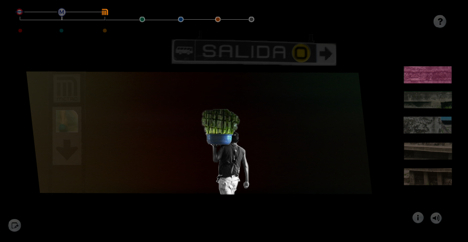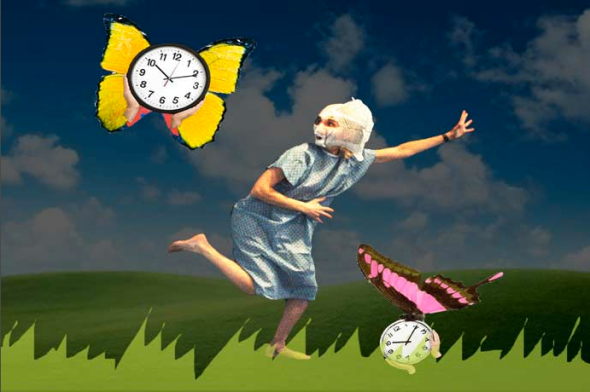Sonic memories as embodiments of technological infrastructure
Posted: March 29, 2013 Filed under: Conferences, Uncategorized | Tags: conference, Embodiment, London Leave a commentCommemorating 150 years of the construction of the London Underground, the Centre for Metropolitan History (IHR), in association with the London Transport Museum organised the conference ‘Going Underground – travel beneath the metropolis 1863-2013’. Here perspectives from artists, architects, historians, engineers, and commuters were brought together to reflect on the past, present and future of this iconic urban infrastructure.
Here you can listen to the podcast of the paper I presented in the conference on the 17th of January, 2013:
Here you can listen to all the papers presented at the conference:
https://historyspot.org.uk/podcasts/going-underground-travel-beneath-metropolis-1863-2013
Many thanks to the organisers for bringing together all the people who have been fascinated with the underground environment.
Pauline Oliveros – Embodiment
Posted: October 7, 2012 Filed under: Dissemination | Tags: Embodiment, Featured, Oliveros Leave a commentSounding Underground and myself, as an author, were honoured by being mentioned in Pauline Oliveros‘ keynote speech of the Symposium “Her Noise: Feminisms and the Sonic” organised by CRiSAP and Electra at the Tate Modern, amongst 6 women that are innovating in sound and music composition, offering hints of the future of this field; Pauline’s emphasis was in embodiment. Daniela Cascella published an insightful post which I quote and link here: “At the core of Oliveros’s lecture is the notion of ‘embodiment’, an expanded insight that frames the entirety of human activities in connection with the sonic: not just listening and music-making in theory, but also the technology, politics, networks and procedures that enable them in practice. She gives an overview of her commitment to raising opportunities for women’s involvement with the sonic, claiming for individuality and equality beyond gender; she speaks of how in tape and electronic music, since the late 1950s, she found sounds that expressed inner listening. She then introduces the work of six women composers: Ximena Alarcón, Ellen Fullman, Brenda Hutchinson, Maria Chavez, Jaclyn Heyen, Clara Tomaz. What seeps through her words, and through her choice to devote a good portion of the lecture to presenting the work of other women, not hers, is the desire to facilitate, to educate in the highest sense, to promote the work of women in sound. The more distant she appears from any inclinations to highlight her persona, the stronger her presence is sensed in the room as radiating from a resolute yet unselfish person.”
I also have made links to the works of all mentioned women to know more about their works, and the different “embodiments”. In the case of Sounding Underground I am currently writing about embodiment of the commuting experience, for paper in the forthcoming conference Going Underground: Travel Beneath the Metropolis 1863 – 2013:
Ellen Fullman – The Long String Instrument







You must be logged in to post a comment.